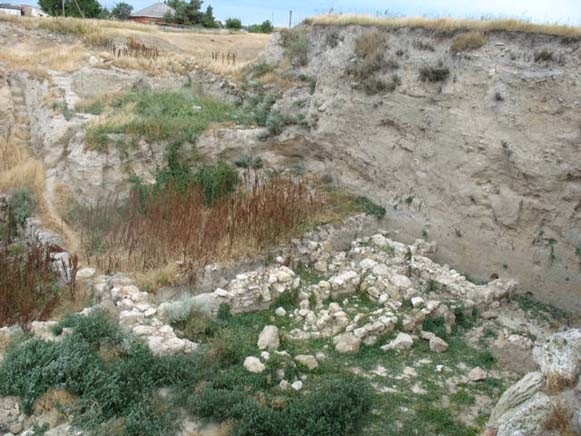Tmutorokan
Tmutorokan [Тмуторокань]. A city of Kyivan Rus’, at the site of the ancient Greek colony of Hermonassa (now stanytsia Taman, Krasnodar krai) in the Taman Peninsula. From the 6th century the territory was under Byzantine rule. The earliest reference to Tmutorokan (Tamantarcha in Greek) appears in an early 8th-century list of the eparchies of the Byzantine patriarchate. The eparchy came under Dorus metropoly in the Crimea. In the 10th century it was elevated to the status of an archeparchy under the jurisdiction of the patriarch of Constantinople. In the 8th and 9th centuries the whole Taman Peninsula belonged to the Khazar kaganate. After Sviatoslav I Ihorovych’s decisive defeat of the Khazars in 965, Tmutorokan emerged as the center of an appanage principality of the Kyivan state (see Tmutorokan principality). Through Tmutorokan Kyiv maintained political and economic contacts with the Byzantine Empire and Subcaucasia. The remote principality also provided refuge for princes who had been defeated in the power struggles at the center. When the Cumans gained control of the steppes, Tmutorokan became cut off from the rest of Kyivan Rus’, but it preserved its independence until the late 11th century. Thereafter it was dominated by the nomads, the Byzantine emperors, the Genoese merchants (13th century), and the Golden Horde. In the 15th century it was recovered by Genoa, and at the end of the century it was razed by the Turks and Tatars.
Major excavations of the site in 1824–45 (led by A. Tarasenko), 1930–1 (Oleksander Miller), and 1952–5 (Boris Rybakov) showed that the city had been encircled with a brick wall, its streets had been paved with stone, and the houses had been built of brick and covered with tiled roofs. The foundations of the Church of the Theotokos, built in 1023 by Mstyslav Volodymyrovych in gratitude for his victory over Rededia, and of the monastery founded by Nykon in 1061 have been unearthed. The Tmutorokan plate was discovered in the vicinity.
BIBLIOGRAPHY
Rybakov, B. Keramika i steklo drevnei Tmutarakani (Moscow 1963)
Korovina, A. Raskopki Tmutarakanskogo gorodishcha: Arkheologicheskie otkrytiia (Moscow 1973)
Arkadii Zhukovsky
[This article originally appeared in the Encyclopedia of Ukraine, vol. 5 (1993).]
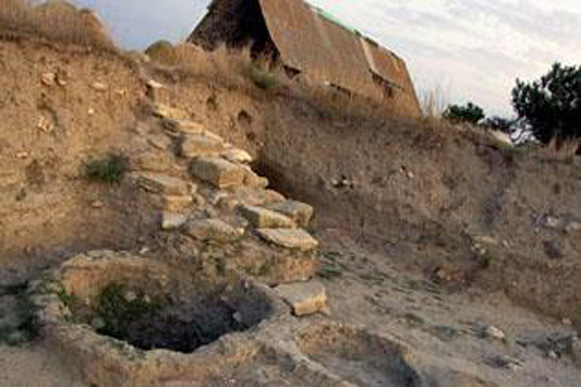
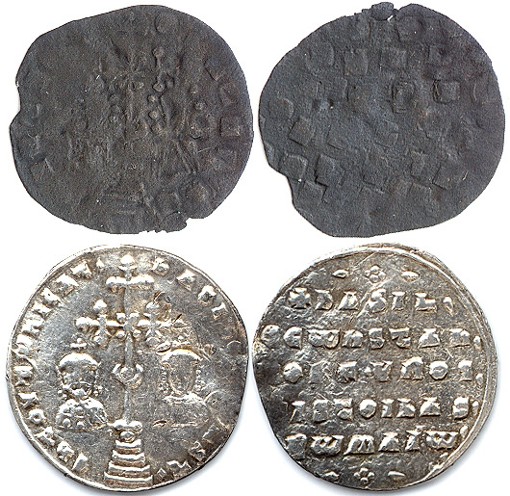
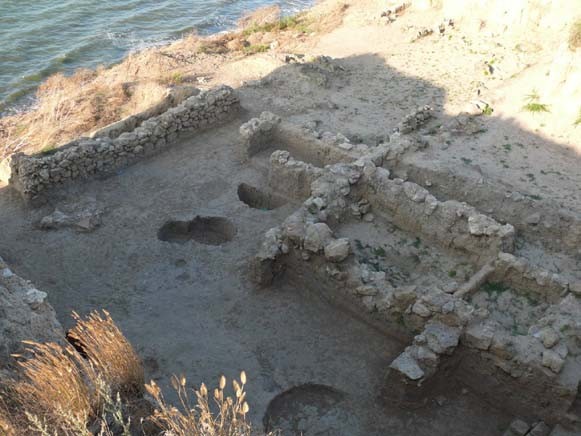
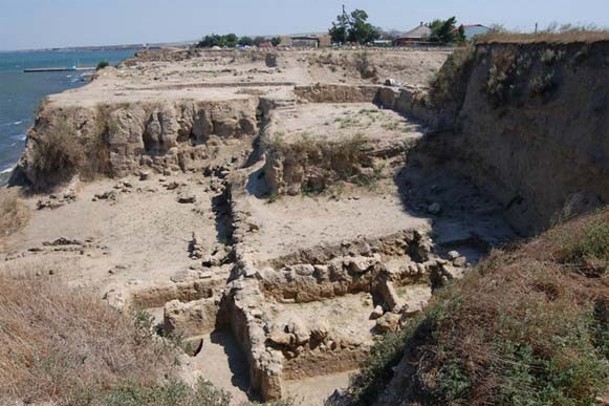
.jpg)
